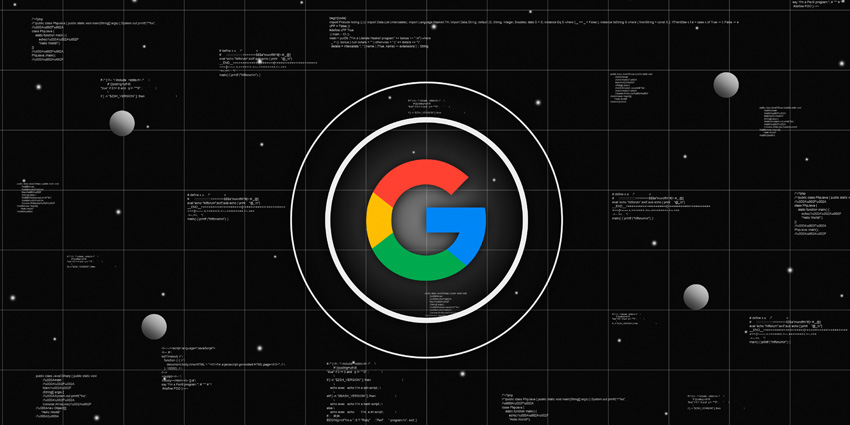
Recently, at the TED2025 conference, Shahram Izadi, the leader of Google’s AndroidXR development team, gave a public demonstration of the upcoming smart glasses operating system, following its initial launch in the new year, showcasing a prototype pair of smart glasses during the presentation.
The live demo showcased real-time translation, image recognition, and interoperable connection between other Android devices.
Izadi said:
Augmented and virtual reality have moved computing from the rectangular screen to the 360 immersive display, and now even the world itself is becoming the display. We now refer to this broad collection of experiences as extended reality, or XR.
“Until now, these innovations have occurred separately and in silos, well here comes act two of the computing revolution, AI and XR are converging, unlocking radical new ways to interact with technology on your terms,” Izadi also added.
Late last year, Google introduced AndroidXR as a new XR operating system. During the announcement, they emphasised the role of Gemini AI assistants in enhancing user interactions with the headset and its visualisations.
Built on a familiar Android foundation, this XR operating system can support various existing mobile and tablet applications and specially designed Android XR content. This development addresses a significant barrier to the broader adoption of XR technology: users require access to various applications and engaging services to justify investing in an XR device.
Google said in an official press release:
We are opening a path for developing a wide array of Android XR devices to meet the diverse needs of people and businesses.
The Android XR ecosystem is gaining traction as Meta promotes its Horizon OS and Apple unveils its visionOS. Google and its partners are working to unite key players in the Android XR ecosystem to create a competitive alternative to the offerings from Apple and Meta.
The Android XR OS aims to enhance the future of artificial intelligence, augmented reality, and virtual reality experiences on headsets and smart glasses. The current version of Android XR is in a preview stage for developers only, with a broader release anticipated in the future.
Developers exploring Android XR can start building their projects using familiar tools such as ARCore, Android Studio, Jetpack Compose, Unity, and OpenXR.
The Google HTC Connection
In a significant move, Google also entered into a definitive agreement with HTC VIVE, investing $250 million in the leading XR firm. In exchange, Google will receive valuable XR-related support from HTC. This partnership allows Google access to certain HTC employees from its XR team, who will join Google to help develop its own XR solutions.
This collaboration is noteworthy for the industry, as HTC has a rich history in the XR market. The partnership between these two technology giants could foster a new competitive landscape.
Google’s investment aims to build a new portfolio alongside the Android XR OS, which has the potential to reinvigorate the XR industry in the second half of the decade and advance its smart glasses vision.
Furthermore, the $250 million investment will grant Google non-exclusive access to HTC’s XR intellectual property (IP). Both companies recognise that this investment opens up future collaboration opportunities.
Announcements suggest that Google is testing prototype Android XR smart glasses with select users, focusing on privacy, flexibility, and opportunities. New updates will most likely shake up the 2025 market. If the HTC investment plays a part, this may come to light in the coming months.













